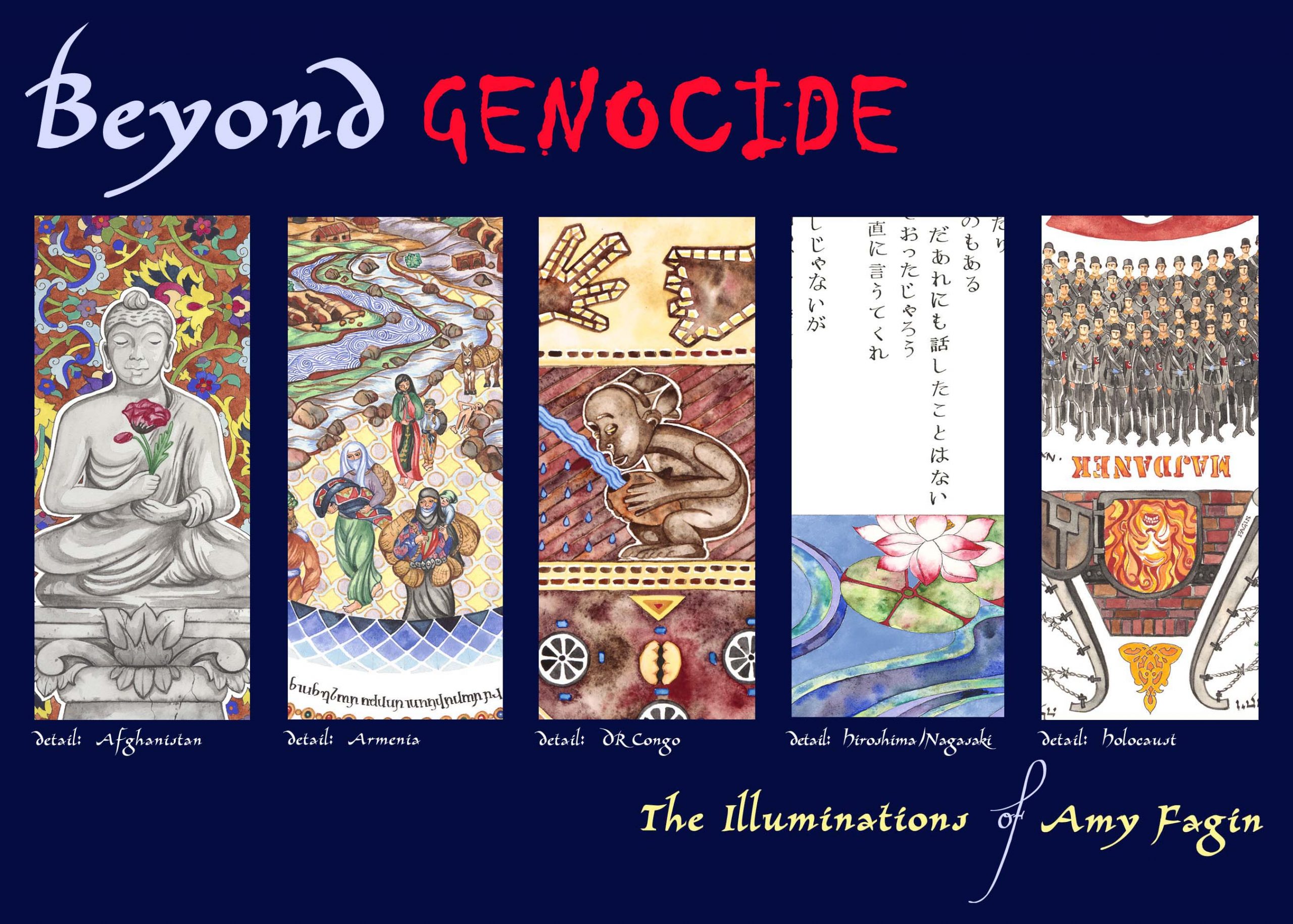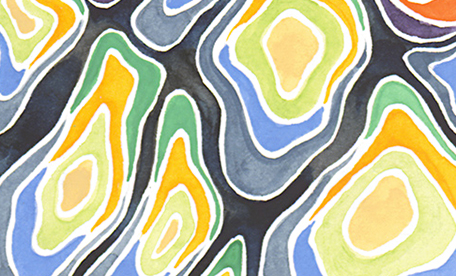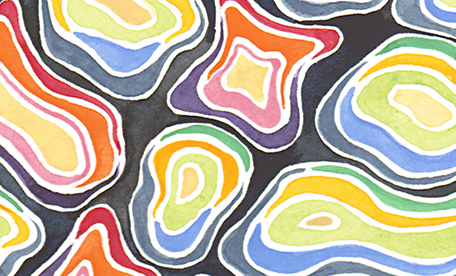On Photography
Photography has played an indelible role in documentation, interpretation, witness, litigation, collective memory and artistic encounter in the visual survey of genocidal specter, since the inception of the art form to the present. All known 20th and 21st century mass atrocities claim a copious if not contentious legacy of dissemination of photographed visual documentation. Discourse on their uses and abuses are the subject of over a century of global evolution in visual vocabulary and adaptation to this singularly unique and critical image based aesthetic form of creative expression. This section introduces foundational critical analysis and contemporary development on the role of photography and the relationship between photograph, photographed, and public perceptions.
On Photography: Susan Sontag’s seminal volume on late 20th century photography theory, formulated into a series of essays traces the role of photography and its ideological parameters of aesthetics as an “anthology of images”. She establishes the grammar, ethics, visual coding and historical evolution of the photography of her time. This work is essential “tool-kit” reading which defines the photography as a”mysterious, acquisitive” aesthetic experience.
Picturing Atrocity: Photography in Crisis: “Picturing Atrocity brings together essays from some of the foremost writers and critics on photography today, including Rebecca Solnit, Alfredo Jaar, Ariella Azoulay, Shahidul Alam, John Lucaites, Robert Hariman, and Susan Meiselas, to offer close readings of images that reveal the realities behind the photographs, the subjects, and the photographers. Each of the essays focuses specifically on an iconic image, offering a distinct approach and context, in order to enable us to look again—and this time more closely—at the picture.”
The Image and the Witness: Trauma, Memory and Visual Culture: This series of essays is a timely interdisciplinary collection “concerning the ethical stakes of the image in our visually-saturated age. It explores the role of the material image in bearing witness to historical events and the visual representation of witnesses to collective trauma. In arguing for the agency of the image, this unique collection debates post-traumatic memory, documentary ethics, embodied vision, and the recycling of images.
Genocide and the Arts: Creativity, Morality and the Representation of Traumatic Experience: Chapter One in the volume Mass Media and the Genocide of the Armenians Adam Muller introduces the concept of representational images shaping social reality, and our interpretation of social and moral norms and their limits.
Images and Collective Violence: Function, Use and Memory: Volume 12, Issue 2 of Genocide Studies and Prevention Journal provides a 21 century set of studied observations in the growth from “analysis of images of genocides as illustration” to analytics on the contributions that recorded imagery has in transmission and influence of collective memory. This series of papers “endeavors to undertake the tapestry of “pictorial turn” that the interdisciplinary aspect of genocide studies has embraced in looking at form, function, use and memory of images of genocide.
Bearing Witness to Atrocity Crimes: Photography and International Law: “This article uses ideas propounded by Susan Sontag and Judith Butler on photography to illuminate the significant role of photography and visual media in international law jurisprudence. Two key questions are pursued: first, what role does photography have in international law (with a particular focus on abusive photography), and second, how do photography and visual media bear witness to atrocity crimes in international law?”
Civil Imagination: A Political Ontology of Photography: Written by Ariella Azoulay this volume represents an argument for a “new discourse on the study and treatment of photography”. Posited as a form of photographic based consciousness the Azoulay argues that photography has contributed to the normalization of hegemony. In contrast, she posits that citizen based photography can be used in “inter-subjective photographic public spheres” to convey a civic practice which can transform the collective conscience.
Testimonies of Light: Bearing Witness, Photography and Genocide: “This thesis by Paul Lowe explores how photojournalists and the images they produce can be used to enhance global and local understanding of genocide, and help in both reconciliation and remembrance in post-conflict societies. It takes the war in the Former Yugoslavia as a case study, and argues that the act of actively bearing witness has a distinctive moral quality that goes beyond that of simple passive witnessing, and that it has a potential therapeutic and validating potential as well as an accusatory or documentary one.”
Types of Photographic Inquiry and their Effects on the Collective Memory of Genocide: This graduate thesis by Samantha Aiello explores the role that photography play in substantiating a “collective memory”. 5 photographs representing 5 distinct modalities of photographic inquiry are examined for how they affect the collective memory of genocide. Mass grave photography, street photography, family photography, portrait photography and landscape photography are consolidated and contextualized within historical development and theory. Each modality and individual photograph are analyzed for their links to collective memory.




